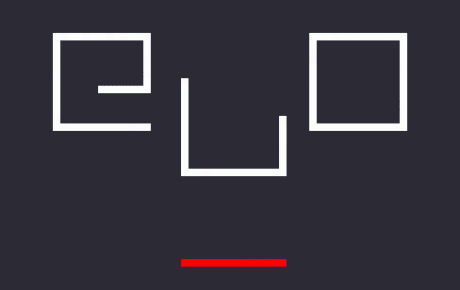The phrase “digital language,” to some, might come off as contradictory. It may even evoke a discussion between mathematicians— literally, language about digits. However, since the development of consistent, structured systems of logic and argumentation, we’ve had to accept that not only has algorithm entrenched itself in language, it’s always been there— communication has always been combinatorial.
The work of katie rose pipkin asks us to take the next logical leap of faith. Her Twitter-bot ⋆✵tiny star fields✵⋆ (hereafter tsf) can’t be “read” as one might read a book, hear a poem, or, even, skim a Tweet. However, algorithm forces us to understand language differently— like logic and rhetoric before it, programmatic language has layers of meaning and meta-meaning that provoke us to probe text critically.
Unicode, according to Wikipedia, is “a computing industry standard for the consistent encoding, representation, and handling of text expressed in most of the world's writing systems.” Much of katie rose pipkin’s generated work is expressed in Unicode as a kind of Concretist subversion of Unicode’s standard character set.
tsf is exemplary here— every three hours, a different combination of asterisks, stars, dots, diamonds, and other special characters populate the 140 characters of a Tweet on the @tiny_star_field Twitter account. These characters, seemingly randomly chosen and distributed, are actually structured combinatorially to form tiny night skies. The diversity of the Unicode character set and the deftness of pipkin’s structure make for unexpectedly vivid tableaus. On Twitter, this beauty is rewarded by popularity— as of this entry, tsf has over 115,000 followers.
In her talk for the 2016 Electronic Literature Organization conference, “Towards a sustainable bot ecosystem,” pipkin urges bot-makers to understand and take responsibility for the work their bots do and the spaces their bots occupy:
“...I ask that when creating work that lives online, to consider that the internet is as much environment as backyard, or field, or the earth at large. And although space once felt infinite there too, there are no truly wild places; they are all home to something, and more often than not, someone.”
pipkin’s spatial understanding of the internet is reflected by the literal spaces she creates with tsf. Scrolling through one’s Twitter feed, contending with the bugbear that is contemporary social media, occasionally, one will see a tiny canopy of stars and, for a moment, exhale. The gentle affective impact of pipkin’s work appears to be a deliberate reaction to the fraught spaces she chooses to occupy. The technological limitations of those spaces help inform her work, and help us recognize it for what it is: Digital language art, with a fulsome understanding of each word in context.







